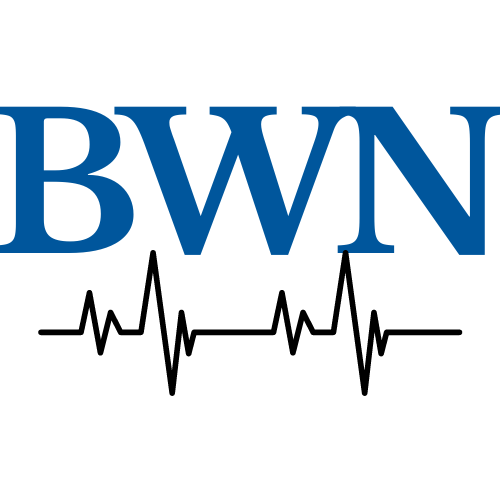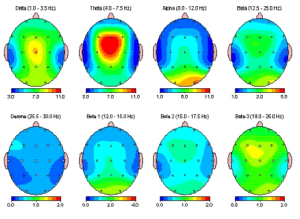Quantitative Electroencephalogram (QEEG)
QEEG Definition
Quantitative EEG (QEEG) techniques record the EEG activity from large arrays of electrodes on the scalp and are effective in detecting changes in brain electrical processing following concussion (Gosselin et al., 2009). (Daubert
Legal Issues
- QEEG data was deemed admissible in court in the 1993 Supreme Court ruling.
For example, a QEEG report can provide documentation which can be helpful should legal issues arrive. - The TBI Severity Index is an estimate of the neurological severity of injury. (Thatcher et al, J. Neuropsychiatry and Clinical Neuroscience, 13(1); 77-87, 2001.)
For example: This severity score places the patient in the MODERATE range of severity.
 Sports/ Academics
Sports/ Academics
• QEEG data provides the most effective testing to identify athletes with impairments following concussion.
• QEEG data is quite accurate in determining when it is neurologically safe for a student to return to the classroom, or when an athlete can return to play. For the active athlete or anyone at risk of injury this is an important consideration.
• QEEG baseline creates a guide for assessing the effect of any concussion potential on academic abilities or behavioral changes.
• QEEG data can be used for schools to document need for change in Individualized Education Program (IEP).
Unemployment Disability
• Abilities and skills can change dramatically because of a traumatic event.
For example, if there is a whiplash, or event involving negligence; there can be a loss of income, medical expense, or legal action of some kind. Temporary or permanent disability status can be difficult to obtain. QEEG provides more documentation which can be helpful should legal issues arrive.

